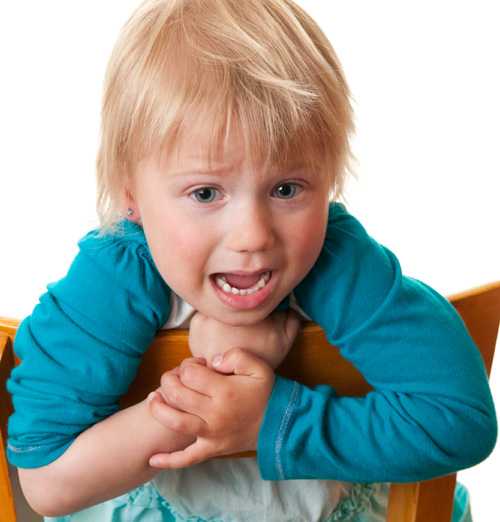What is Time-Out?

Children like attention from their parents. Attention can be both positive and negative. Positive attention is used to show your child she has done something you like. Positive attention includes things like praise, hugs, and high-fives. Negative attention lets your child know you do not like what she has done. Negative attention includes things like scolding, correcting, and yelling.
You can improve your child’s behavior by how you give attention. If you give your child any attention after a behavior, that behavior is more likely to happen again. Time-out works because it takes away all of your attention and other things your child likes when she misbehaves.
What is Time-Out?
Time-out is when your child is removed from where the misbehavior happened. Your child is away from all things that are fun. She does not get any attention in time-out. She cannot interact with her parents or anyone else. Time-out is boring. Time-out works to change problem behaviors because children don’t usually like to be bored.
Time-out is not used for all misbehaviors. Some behaviors like crying or whining can be ignored. Distracting your child with a toy or a song can help prevent or stop misbehavior. Behaviors that cannot be ignored or redirected with distraction should be followed by a consequence that will stop the misbehavior. Delay or removal of privileges and time-out can be used to stop misbehavior. Time-out may be a good choice when one of the following occurs:
- Your child does something dangerous, like running in the street.
- Your child does something harmful, like hurting another child.
- Your child does not follow your direction after a warning.
- Your child breaks a family rule.
Click here for more information on situations when time-out may be a good choice.
Time-out is a helpful consequence to use when misbehavior happens. But, it does not teach your child what to do to get positive attention. Praise and attention for good behavior teaches your child what behaviors you like and want to see again. The more you praise your child, the less often you will have to use time-out.
Tips for Time-Out
- Explain time-out or show it to your child in a way she can understand. Showing your child exactly what to do when you give a time-out can help the time-out go smoothly and be more likely to work. You may need to show your child several times. This way, she can remember everything that happens with time-out.
- Practice time-out with your child when you are both in a good mood. Then, have your child tell you what happens during time-out. By doing this, you can be sure she understands.
- Make sure your child knows what behavior leads to a time-out. For example, when you create a list of family rules, let your child know time-out is the consequence if the rule is broken.
- Tell your child where time-outs will happen. Let your child know the rules and steps for time-out.
- Use time-out the same way every time. When the steps of time-out are predictable, time-outs are more likely to help improve your child’s misbehavior.
- When you first start using time-out, focus on a single misbehavior you would like to stop, such as biting.
- Time-out should happen immediately after the misbehavior. The faster time-out happens, the more likely your child will know that her behavior led to the time-out. This will decrease the chances that the behavior will happen again.
Do not threaten your child with a time-out. If you forget to follow through, your child may not believe you are serious about time-out. If you want to use a time-out to stop misbehavior, it is best to use it immediately after the misbehavior.
- Page last reviewed: May 6, 2014
- Page last updated: May 6, 2014
- Content source:


 ShareCompartir
ShareCompartir